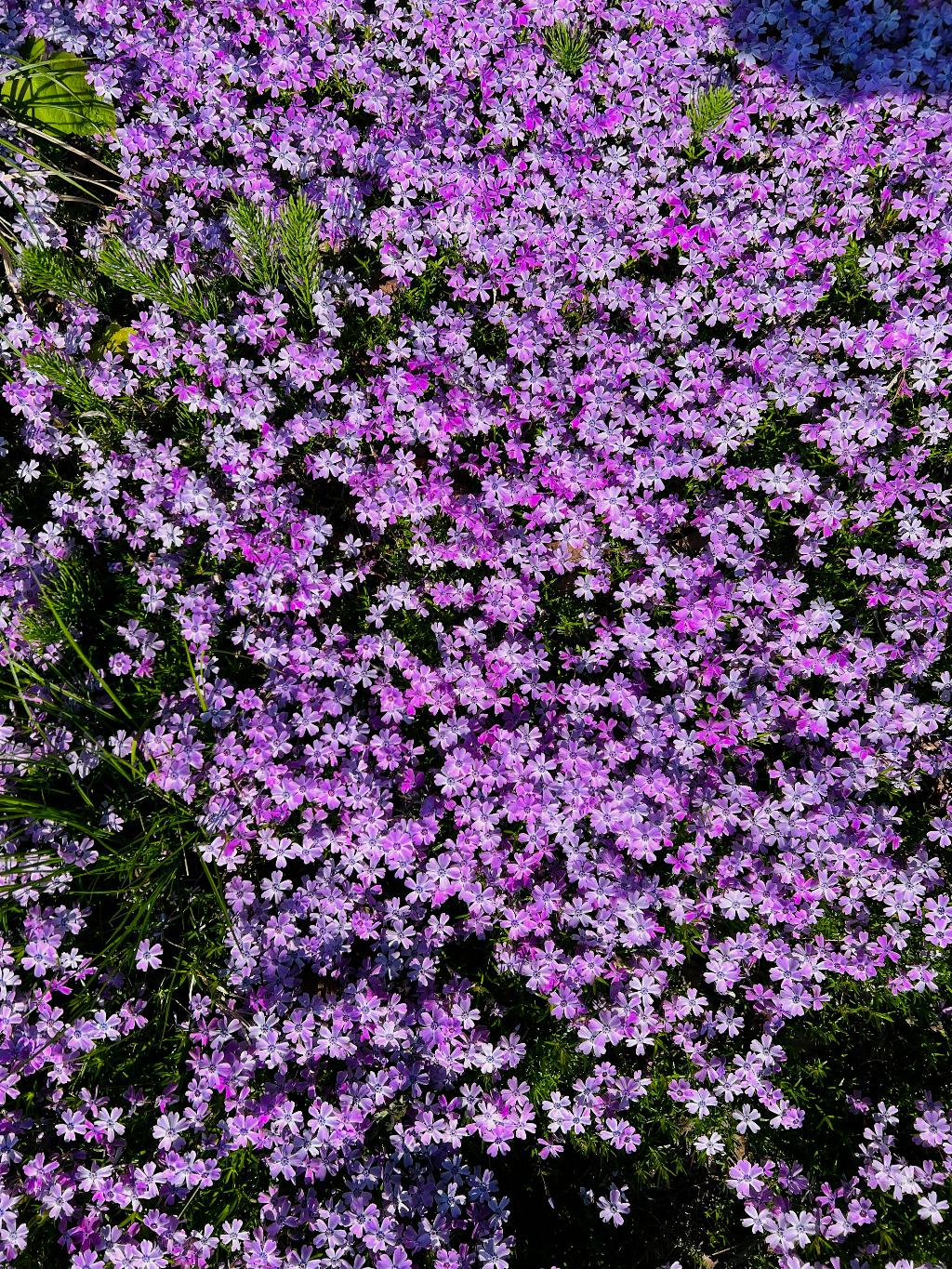Planting creeping phlox in your garden can add a beautiful touch of color and vibrancy. Knowing how far apart to plant creeping phlox is essential to ensure they thrive and create a stunning floral display. In this article, we will explore the ideal spacing for planting creeping phlox and provide you with valuable tips on how to grow and care for these lovely plants.
Benefits of Growing Creeping Phlox in Your Garden
Creeping phlox, also known as Phlox subulata, offers numerous benefits to your garden. These low-growing, spreading perennials produce an abundance of delicate flowers in various shades, including pink, lavender, white, and blue. They are excellent for ground cover, adding texture, color, and beauty to rock gardens, borders, or slopes. Creeping phlox is also deer-resistant and attracts butterflies and bees, making it a pollinator-friendly plant.
Key Factors to Consider Before Planting Creeping Phlox
Prior to planting creeping phlox, it’s vital to consider some key factors. Ensure that the planting site receives adequate sunlight, as creeping phlox thrives in full sun to partial shade. Additionally, well-draining soil is essential to prevent waterlogged conditions that can lead to root rot. Consider amending the soil with compost or peat moss to enhance drainage.
Ideal Spacing for Planting Creeping Phlox
When planting creeping phlox, it’s recommended to space the plants about 2 feet apart. This spacing allows the plants to spread and create a beautiful carpet of flowers. By providing enough room between each plant, you allow for proper air circulation, which can help prevent fungal diseases.
Step-by-Step Guide on Planting Creeping Phlox
To plant creeping phlox, begin by preparing the soil by loosening it and incorporating organic matter. Dig a hole slightly larger than the plant’s root ball and place the plant in the hole. Backfill with soil and water thoroughly. Mulch around the plants to retain moisture and suppress weeds. Water regularly, especially during dry spells, to promote healthy growth.
Common Mistakes to Avoid When Planting Creeping Phlox
Some common mistakes to avoid when planting creeping phlox include overcrowding the plants, which can inhibit their growth and flowering potential. Additionally, planting in poorly drained soil can lead to root rot and other issues. Ensure proper spacing and provide adequate sunlight and water to help your creeping phlox thrive.
Tips for Maintaining and Caring for Creeping Phlox
For maintaining and caring for creeping phlox, deadhead spent flowers to promote continuous blooming. Fertilize the plants in early spring with a balanced fertilizer to support growth and flowering. In winter, consider adding a layer of mulch to protect the plants from extreme cold temperatures. Regular pruning can help rejuvenate older plants and maintain their shape.

Conclusion and Final Thoughts
Planting creeping phlox in your garden can enhance its beauty and bring joy with its colorful blooms. By following the guidelines on spacing, planting, and caring for creeping phlox, you can create a stunning floral display that will attract pollinators and brighten your landscape. Remember to provide proper spacing, sunlight, and watering to help your creeping phlox flourish and thrive year after year.
